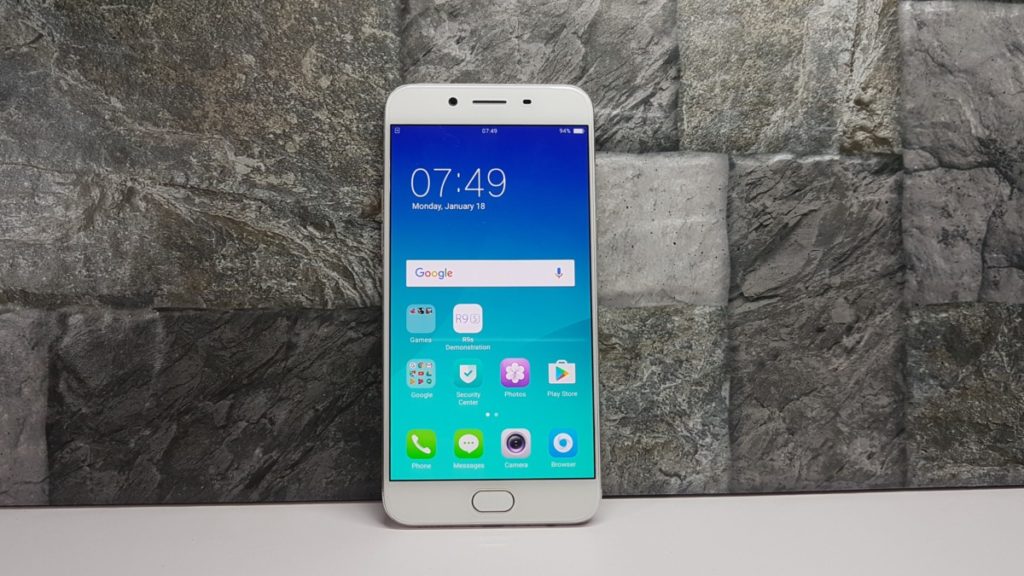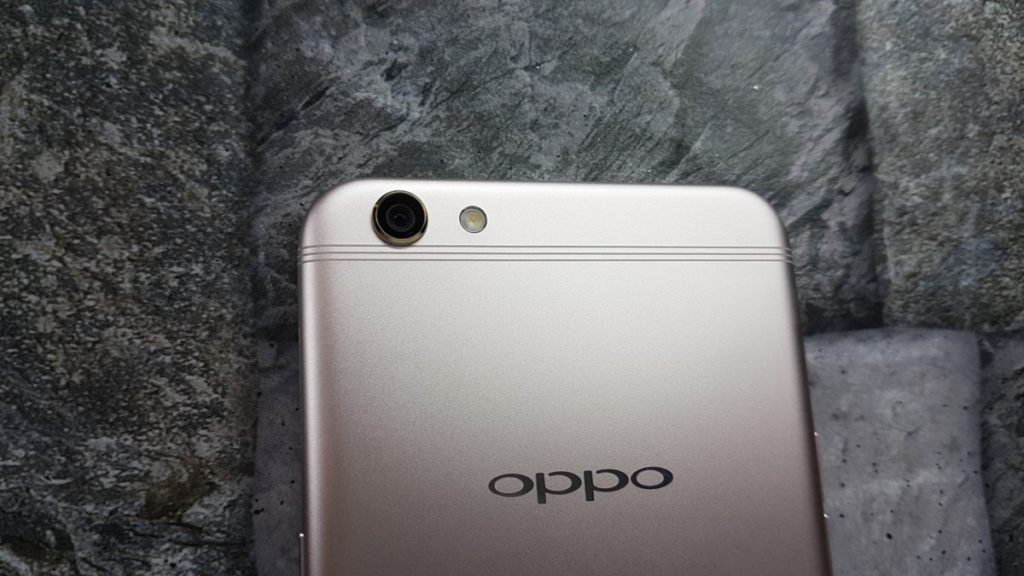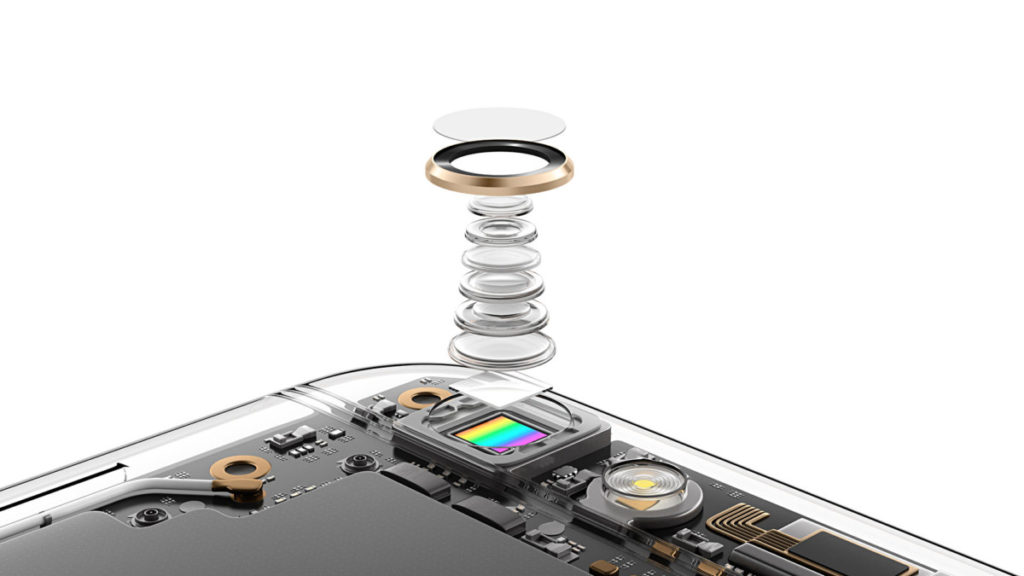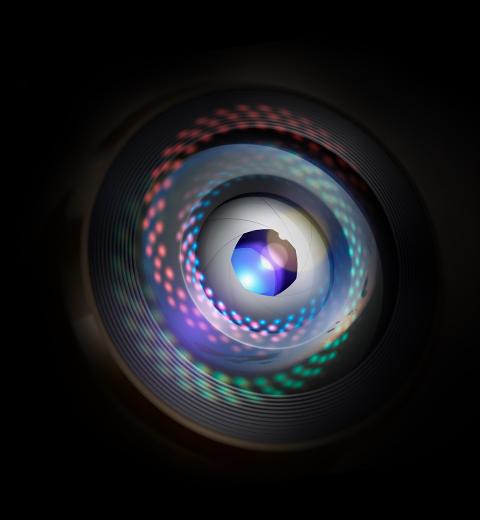
OPPO’s R9s camera and the tech behind it explained
Smartphone cameras today are approaching a level of sophistication and performance that have put left all but the most powerful point-and-shoot compacts in the dust. A piece by Petapixel derived camera production data from CIPA for 2016 and while photography is more popular than ever, most of the sales on the chart was derived from camphones.
While a plethora of smartphone cameras that espouse all manner of widgets and sophisticated marketing speak festoon the market, few have the goods and tech to match what they claim though OPPO’s recent offering, the R9s is a surprisingly capable camera phone for the price of entry at RM1,798 topped by its larger and pricier sibling the R9s Plus that was just launched in Malaysia.
To date, the R9s is one of the few phones in its price range to have an F/1.7 aperture along with the necessary hardware to take full advantage of it in the form of a custom-commissioned Sony IMX398 sensor that was made in collaboration with Sony. Here’s what makes the R9s one of the most powerful camphones in its price range.

Fast and bright F/1.7 aperture
The OPPO R9s is one of the elusively few phones with a rear camera that packs an F/1.7 aperture. For the uninitiated, a camera’s aperture setting refers to a camera sensor’s ability to let in more light based on the size of the aperture opening. The smaller the F-number, the wider the aperture. To wit, smaller is better. A smaller aperture like that offered on the R9s means that it lets in more light into the camera sensor so that dimly lit environments are captured better with less noise and don’t end up looking like stills from a horror movie. A smaller aperture also allows for better depth of field when taking shots to mimic the effect seen on higher end cameras where the background is blurred out while the subject is in sharp focus.
New Sony IMX398 sensor
At the heart of the R9s thrums a 1/2.8-inch (6.4mm) image sensor that has been custom made by Sony dubbed the IMX398. Up close, the 16-MP IMX398 Sony Exmor RS sensor is capable of shooting images at up to 4,608 x 3,456 pixels at maximum quality and capture 4K video. While Sony makes a huge array of camera sensors that phone manufacturers acquire for inclusion into their phones, the IMX398 is special as it was made in collaboration with Sony as a custom job, designed and manufactured for the R9s rather than merely being an off the shelf acquisition. Few phone manufacturers are willing to go far enough to commission a customised phone sensor for their phone or, for the matter, make one in-house though OPPO’s R9s is one of the rare exceptions to do so.
The sensor itself is immensely capable with fast autofocus, good noise reduction and excellent low light performance to capture subjects under a gamut of all but the most challenging light conditions. Combined with Dual Phase Detection Autofocus and an F/1.7 aperture, the IMX398 sensor is capable of capturing crisp and gorgeous looking images at the drop of a hat with plenty of detail and great colours too. The magic here is that the R9s’ camera is a solid enough performer that even a neophyte can still manage to take decent shots. Put it in the hands of a pro though and you can get some brill shots indeed…

Dual Phase Detection Autofocus Sensor
While it is an integrated part of the Sony IMX398 sensor, this particular feature is important enough that it merits its own entry. Cameras, or in this case, smartphone cameras, rely on a plethora of methods to acquire a subject to put it into focus. The challenge that eludes smartphone manufacturers is how fast and how accurate a phone can put a subject into focus which is what the R9s’ Dual Phase Detection Autofocus tech (Dual PDAF) aims to do.
When you take a smartphone camera out of your pocket, fire it up and aim it at a subject, there’s a lot of things going on under the hood. How smartphone cameras go about it vary.
Theoretically, the idea is to measure the distance from a camera to a subject so the camera knows the distance and adjusts the sensor accordingly so a subject is in focus. How fast it does so is the matter of contention. A naff camera would struggle, moving back and forth and still end up with a blurry mess.
Some use laser autofocus where an invisible infrared laser bounces a beam off a subject and then measures the precise range to focus the camera. Many other phones use contrast detection which is heavily reliant on good ambient lighting for best results and analysing the pixels to find the lightest and darkest points to determine what to focus on. The R9s however eschews plebeian methods and goes for dual phase detection autofocus (Dual PDAF); something that’s so far only used by a very limited number of phones in the industry.
In a conventional phase detection setup a camera sensor has a host of photodiodes embedded on the sensor itself though they’re scattered wide with only less than 10% of them across the entire surface of the sensor to do the job. It’s like hiring a hundred chaps but only ten of them are actually doing work, in this case to detect a subject and put it into focus. Sure, ten guys will do the job but it’s still slower than a 100 of them working at the same time. In the R9s’ Dual PDAF setup, the entirety of the sensor’s pixel array is slathered with the photodiodes so subject and focus acquisition is much much faster to the tune of 40% faster than a conventional phase detection autofocus sensor. The end result: faster and more accurate focus and better snaps.
So, what is the R9s’ camera capable of?
To wit: quite a bit. In the right hands, the R9s’ rear 16-MP camera immensely capable as these shots taken by a team of professionals with the R9s attest to. If you’re still on the fence, check out our review of it here. The R9s retails in Malaysia at RM1,798 at all good dealers nationwide and online at 11street at Lazada.







